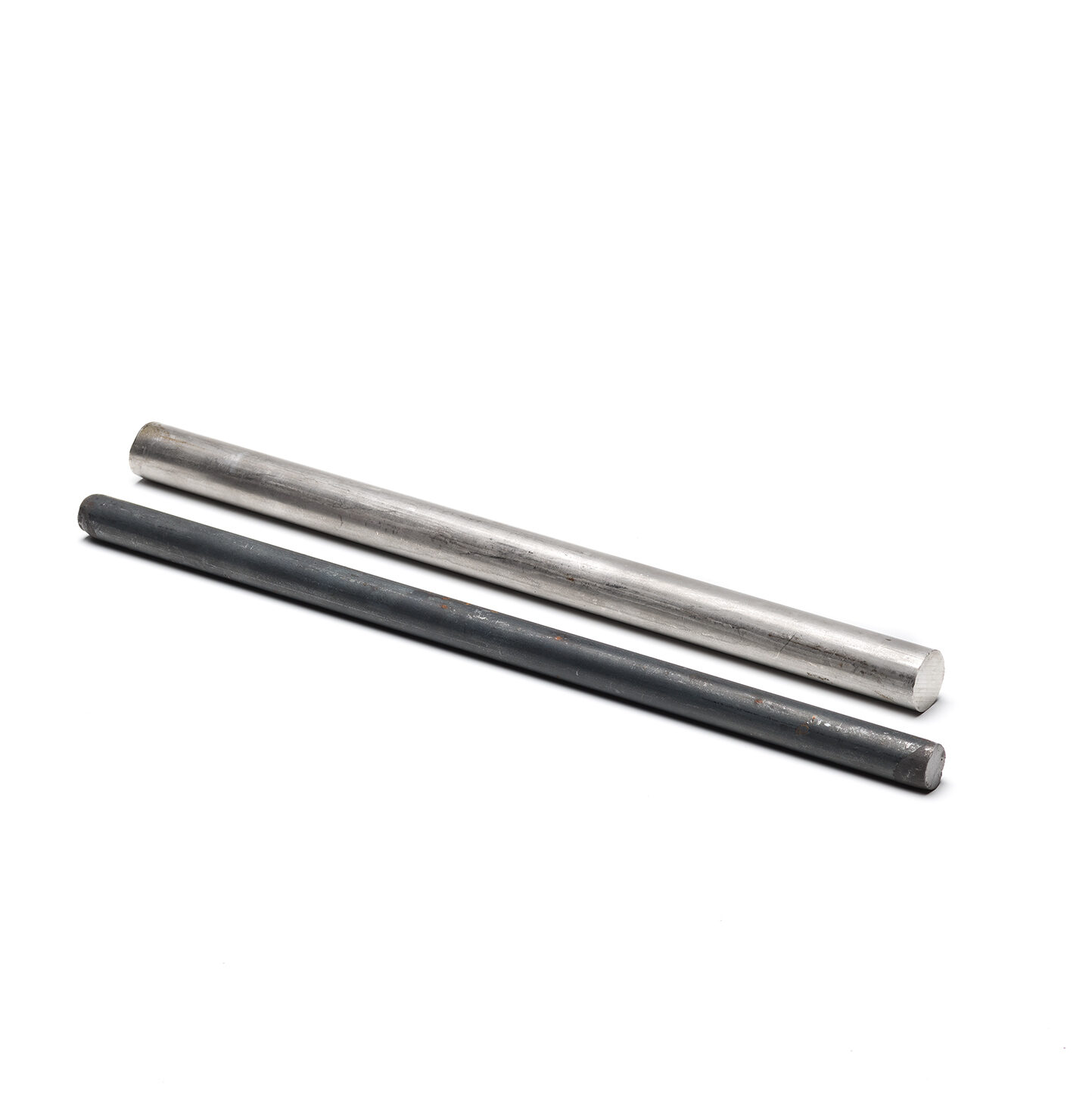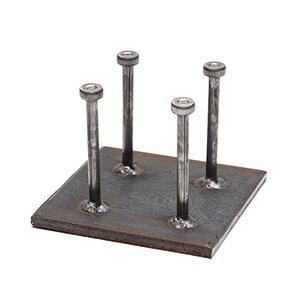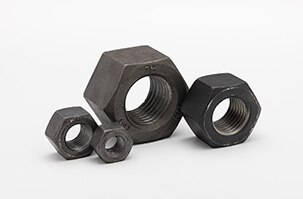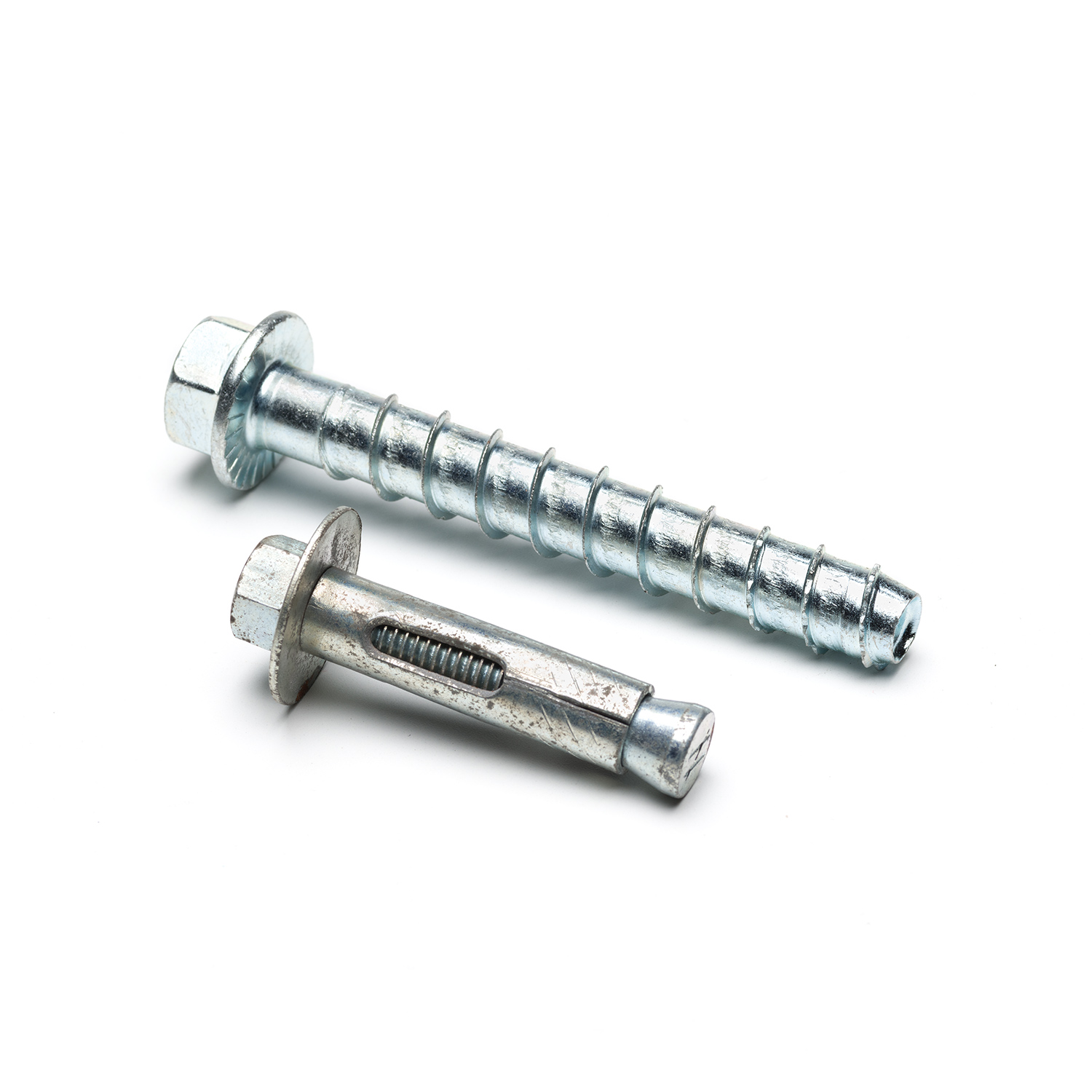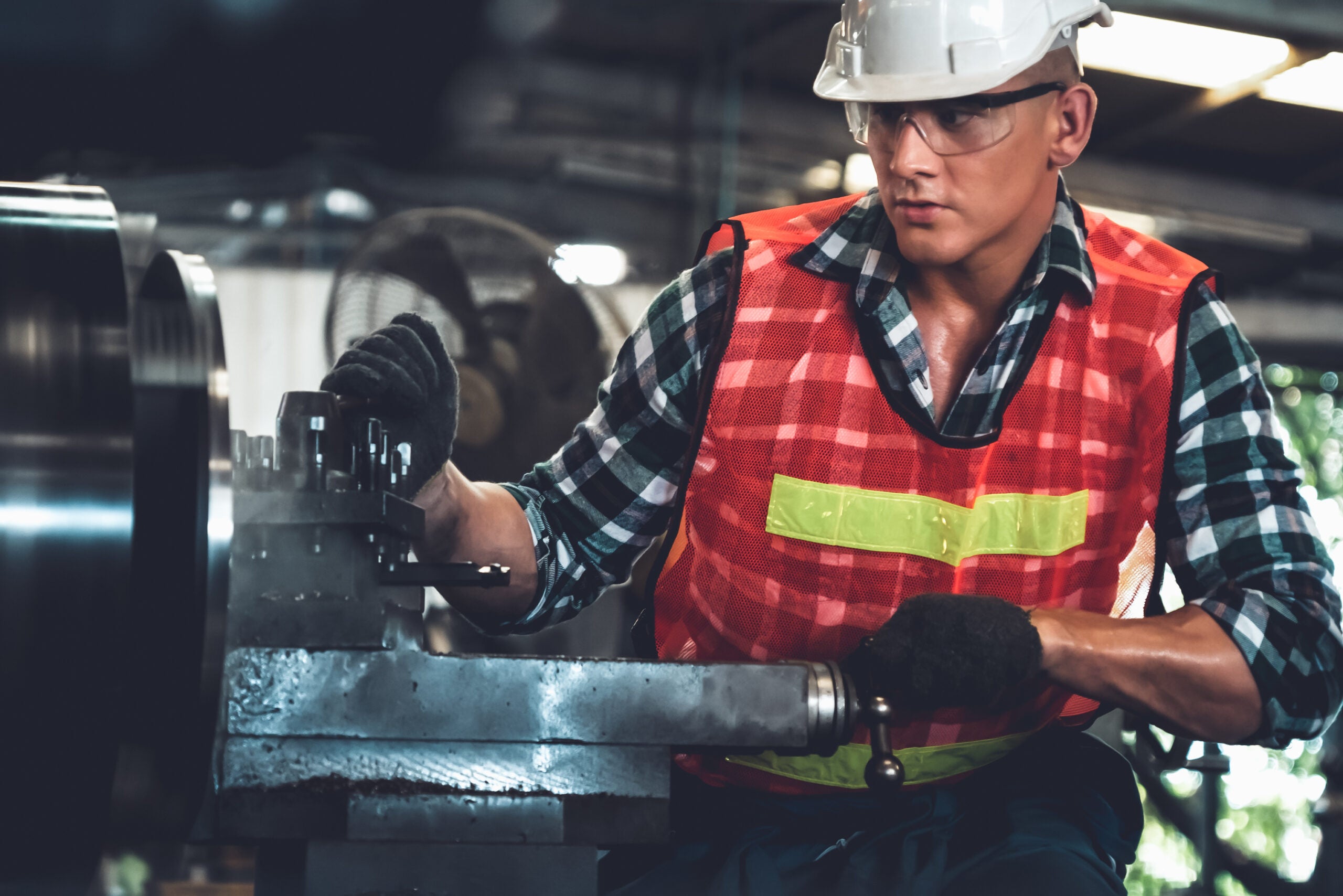
The industrial manufacturing and threading industries show no signs of slowing down in the near future. Here are a few recent changes in the industry that will lead the future of manufacturing.
Artificial Intelligence & Machine Learning
Artificial intelligence (AI) is infiltrating the manufacturing industry at a steady rate, and for a good reason. AI is helping manufacturers use “computer vision” to monitor production lines. Many sensors are installed on the machinery to gather vision, pressure, heat, and location data which is stored in large quantities. One of the most beneficial features of AI is the real-time data analysis that can alert authorities exactly when errors occur. As a result, manual analysis is no longer needed to monitor or maintain the production lines.
AI also has the capabilities of machine learning: the use of computer systems and algorithms to learn, adapt, and predict without instruction. Not only does machinery offer real-time data, but it can now predict future maintenance based on previous breakdowns, etc. This is extremely valuable to manufacturers because it reduces the downtime of equipment immensely. Machines will alert when and where equipment needs maintenance, which speeds up the process and resumes production quickly.
These advancements are increasing production efficiency in factories around the world, allowing products to be made faster and in higher quantities.
Robots & Cobots
An essential component of automating the manufacturing process is the use of robots and cobots. Robots and robotic arms were invented to fill human labor shortages and have now taken over many human jobs. Robots will never fatigue, they are more accurate, and they don’t require a salary or benefits. There are many great reasons why robots are taking over some manufacturing plants, but they aren’t capable of everything.
Cobots are robots that work collaboratively alongside humans for our support. An example would be a robotic exoskeleton that humans can wear to take the stress off of heavy lifting. Overall, robots can be applied in many ways in the manufacturing industry, and they are perpetually evolving. While this speeds up the industrial manufacturing sector, it requires threading and other fabrication products to keep up with it.
Impact on the Threading Industry
As manufacturing steadily grows in size and speed, the demand for fabricated products increases in parallel. You can’t have a huge manufacturing plant without building the space first. The increasing demand for construction is driving growth for the threading and fabricated products market. This is great news for us at Threadline and for other construction product companies because we are growing like never before. We see a lot of potential in our future and are going to keep up with demand the best we can without sacrificing quality. That speaks to our core values, which will never change.
Why Threadline?
At Threadline Products, we are fast, flexible, and always at your service for custom requests. We will work with you to meet the specific needs of your project and will deliver as fast as possible. For any questions or further information about our services, contact us today.
